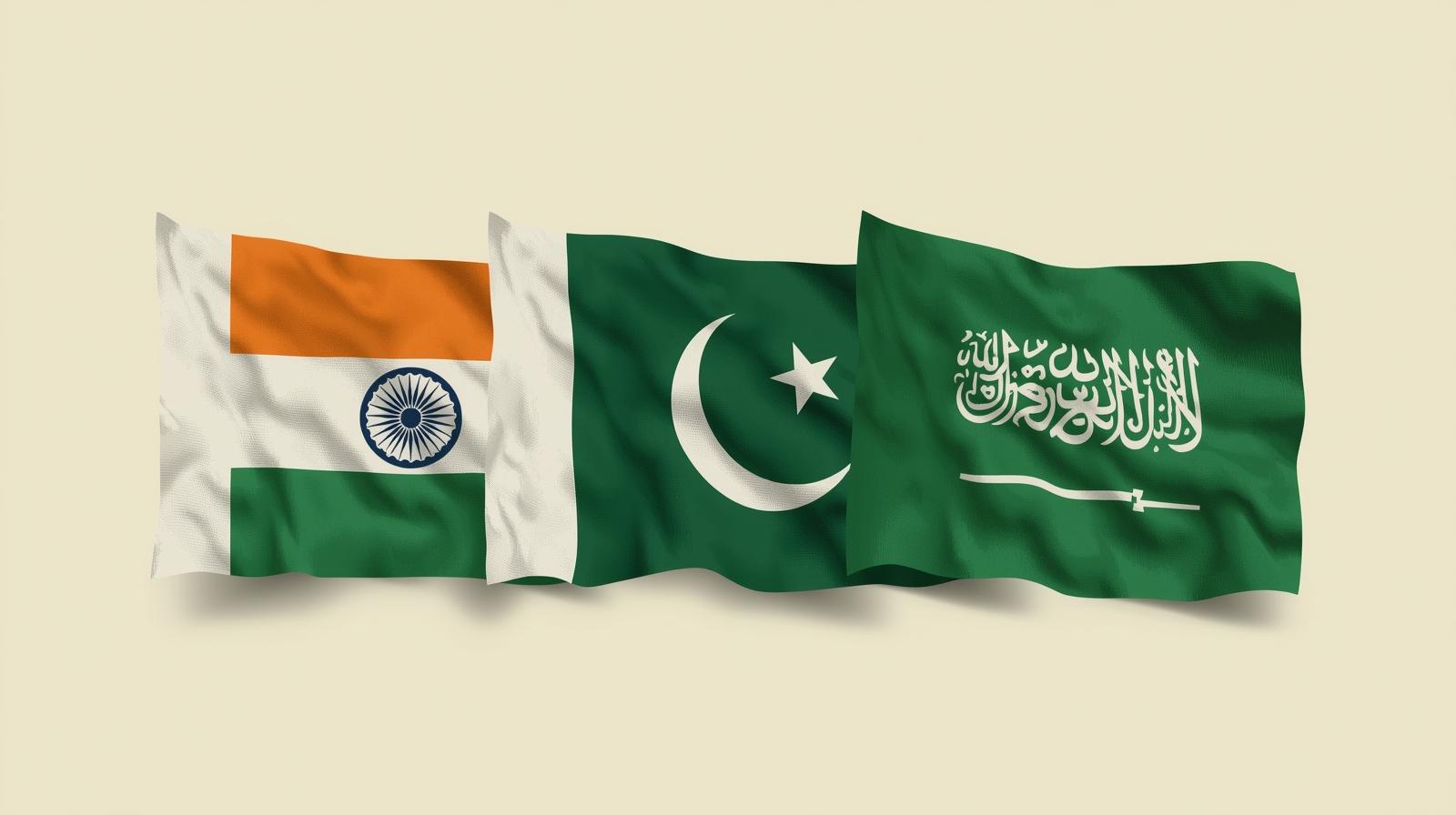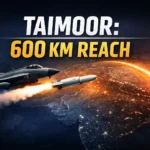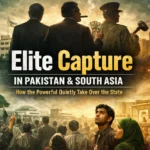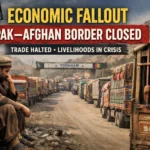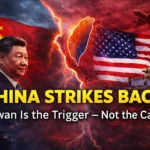By Ch.Haroon Rashid
Category: Analysis | South Asia, Middle East, Energy Security
Timeline of Events
- 1947–2024: Since independence, India and Pakistan have faced recurring wars and crises, with hostilities largely restrained by nuclear deterrence.
- Operation Sandoor (2025): India launched a major operation against Pakistan but suffered significant losses — especially to the Indian Air Force (IAF). The outcome dented New Delhi’s deterrent image.
- September 2025: Pakistan and Saudi Arabia signed a strategic defence pact declaring: “An attack on one will be considered an attack on the other.” This NATO-style clause immediately triggered concern in New Delhi.
Why the Pact Matters
For India, this agreement is not symbolic posturing — it threatens its Gulf flank, the vulnerable side of its national security:
- Nearly 60% of crude oil comes from Gulf suppliers.
- Over 8 million Indian expatriates in the Gulf send billions in remittances.
- Strategic sea lanes through the Strait of Hormuz underpin India’s economy and navy.
By aligning with Pakistan, Saudi Arabia has effectively applied pressure on India’s weakest strategic link.
India’s Immediate Reaction
- Diplomatic Outreach: Publicly, India downplayed the pact. Privately, it reminded Riyadh of its dependence on India as a key oil buyer and trade partner.
- Strategic Anxiety: The NATO-style clause complicates India’s freedom of military action against Pakistan — any escalation risks Gulf involvement.
A Bruised Confidence After Sandoor
The setbacks of Operation Sandoor already shook India’s military self-assurance. With Saudi Arabia now shielding Pakistan diplomatically, New Delhi faces a two-front challenge:
- Pakistan’s military strength on the western border.
- Gulf pressure constraining India’s economic and strategic options.
India’s Counter-Moves
- Economic Leverage: Using oil imports and investment ties to keep Riyadh engaged.
- Alliance Diversification: Strengthening security links with UAE, Egypt, and Israel.
- Hybrid Warfare: Expanding covert operations, cyberattacks, and disinformation against Pakistan.
- Western Outreach: Lobbying Washington, Paris, and London to frame the pact as destabilizing for Gulf energy security.
The Russia Option — and Its Limits
Russia remains India’s fallback partner:
- Energy: India is Moscow’s second-largest crude buyer, and imports could rise further.
- Defense: Reviving Su-57 fighter cooperation, exploring S-500 air defense systems, and expanding naval nuclear ties.
- Geopolitics: Strengthening the INSTC corridor and Central Asian access routes to reduce Gulf dependence.
Yet, India cannot rely solely on Russia:
- U.S. Tariffs & Sanctions: Washington’s restrictions on Russian oil threaten India with secondary penalties.
- China Factor: Moscow’s closeness to Beijing complicates India’s room for maneuver.
- Strategic Autonomy: Overdependence risks undermining India’s balanced foreign policy.
The Iran Factor — An Unreliable Pivot
- In the past, Chabahar Port offered India a counterweight to Pakistan’s Gwadar.
- But after the recent Iran–Israel conflict, Tehran uncovered Indian-linked intelligence aiding Israeli strikes. Several operatives were apprehended, creating mistrust.
- Iran increasingly sees India as tilted toward Israel and the U.S., weakening New Delhi’s credibility.
- While Chabahar remains technically open, Tehran may prioritize China and Russia instead.
The Gulf Flank Dilemma
India’s Gulf flank is now more vulnerable than ever:
- Heavy oil dependence creates supply risk.
- Expatriate remittances tie India’s economy to Gulf politics.
- Pakistan–Saudi alignment adds a new layer of pressure on New Delhi’s energy security.
This forces India into a narrow balancing act between Washington, Moscow, Riyadh, and Tehran — none of which offer a complete safety net.
Future Outlook
- Reduced Iran Option: Chabahar offers limited utility under current mistrust.
- Western Alignment: Closer ties with the U.S. and Quad partners to offset Gulf risks.
- Military Modernization: Fast-tracking IAF upgrades, missile defense, and cyber capabilities.
- Narrative Control: Domestically, downplaying the pact as symbolic; internationally, framing it as destabilizing for Gulf security.
Conclusion
The Pakistan–Saudi defence pact has reshaped the balance of power in South Asia. For India, the exposure of its Gulf flank is now the central vulnerability. Russia offers partial relief, but U.S. sanctions prevent overreliance. Iran, once a strategic alternative, has become an unreliable partner after the Israel conflict.
India now faces its toughest test in decades — maintaining strategic autonomy while defending its most vital lifeline: The Gulf connection.
